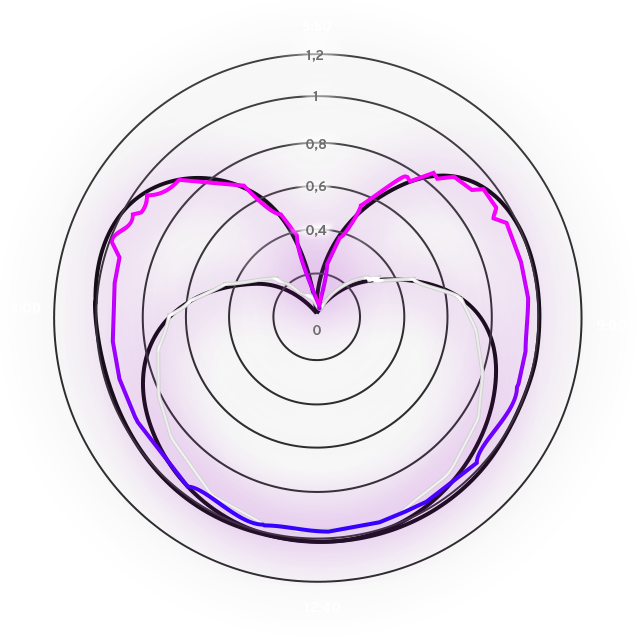

Solar Tracker is a device, which sets the direction of the collectors, so that their surface is adjusted to an optimal angle to capture solar radiation. The collectors are usually photovoltaic panels; parabolic, photovoltaic troughs; Fresnel reflectors, heliostat lenses or mirrors.
Current European market of second-hand photovoltaic panels, urged us to search for a reason why still operational 10-year old photovoltaic panels with a nominal power of 250 W, are flooding the eastern market, where they eventually end up in landfills. How to find a way for their further usage.
Burning landfills motivate us to develop solutions, which will reduce the required space for PV installation and decrease the extent of early destruction of older panels, which still possess an actual efficiency on a level of 80% of their nominal power.
Geographic latitude of the most countries with a fast developing PV market, causes that the photovoltaic installations of a stand-still (fixed) type, are still able to obtain a reasonable productivity, on average for 3-4 hours during the daytime. (- Costs review -)
Results of the research carried out in Africa and India, show that even there (where the solar radiation is highly intensive) the actual efficiency of panels is poor. Most of us do not even notice that the sun in the tropical zone, changes its azimuth from the north in June for the south in December, what causes that stand-still installations have to be manually adjusted 2 times a year, or they have to be positioned flat, what in consequence results in decrease of efficiency and overheating. Movement of the earth should not be the only indicator for an algorithm governing the system. Rainy season, sandstorms, pollination or high humidity are factors which influence the efficiency and safety of PV panels. This is why we implemented appropriate functions into our tracking algorithms.

Disregarding limitations related to weather conditions. Being in a zone of direct irradiance, we deal with a problem of periodically changing position of the sun from north to south and too high working temperature of photovoltaic panels. In the indirect irradiance zone, we have significant, periodic decreases of solar radiation, what translates into difficulties in selecting an optimal angle of panels’ position. These problems are solved by increasing the size of photovoltaic farms, what in fact, increases the cost of investment.
Reduction of a number of panels by 30% what in consequence translates into decrease of the size of an average installation, at the same time preserving power of a certain PV panel set.

Reduction of work load of recycling centres means another 30% less energy used for remelting and electrolysis processes, necessary to separate materials that a panel is composed of.

Starting low-budget production which currently does not have a solid structure in the country. A great challenge – that is why we aim at finding domestic partners and inspiring them with an idea of independence
Countries plagued with war are perfect victims for the distributors of outdated energy technologies.

Our systems are designed to function in markets with a very low technical level. Installation or maintenance and repair processes may be carried out by one person.
The sun radiates energy, which particles – photons - fall onto a silicon board which composes a photovoltaic cell. Unit of light is absorbed by silicon and knocks the photon out of its position, therefore causing its motion. This motion is nothing else than a flow of electric current. The power of panels is measured in laboratory conditions in order to maintain a high level of irradiation. This is the way of obtaining data, which serve as a basis, on which potential investors make their decisions.
If we have a look at the graph which presents the distribution of irradiance in relation to the angle of falling sunrays, we may discover that efficiency of our installation will significantly differ from assumptions presented in marketing materials.

The working temperature of photovoltaic panels is the most commonly ignored parameter. We intuitively assume that summer is a perfect season for production of energy with usage of PV. However, placing panels in a way which makes it impossible to cool them down, drastically decreases their efficiency. Laboratory measurements are carried out at 12 Celsius degree temperature of panels. A panel installed on a dark roof reaches the temperature which is equal to even 60 Celsius degrees. The graph below illustrates how the efficiency of PV panels drops down in dependence on the temperature.

The graph below presents power, which we were able to obtain at a geographic latitude of 52 degrees N, with panels of a nominal power of 250W, installed in an urban agglomeration, with a fixed direction – south, at a 35 degree tilt angle. Maximum obtained power was equal to 187W, which is 63W lower than expected one, especially considering the fact that the panel in the manufacturer’s specification indicated an increased efficiency (+5W).
Of course the nominal values are in accordance with the truth and they probably may be successfully used for comparison of parameters of competitive products. The test aims at demonstrating that they cannot be used for ROI calculation.

SMART SOLAR TRACKER (- more -) a modular rack with dedicated electronics and a set of position sensors used to actively track solar irradiation.
The presented graph compares the efficiency of our Solar Tracker with a stand-still structure, over one sunny day of the first days of the September 2018 (geographic latitude – 52 degrees N). September is a good example of a month, in which the differences of obtained power values between sets is contained within the average results over whole year. We did not choose the most energy-intensive day because the stand-still system (fixed system) was installed on a dark roof – the efficiency of the panels was dropping down immensely. In the chosen day, the temperature of both solar panel sets was comparable and was equal to about 35 Celsius degrees
Following the sun position enabled to maintain the production at a constant level – for about 9h.

We have to bear in mind, that as consumers, we are not interested in a maximal momentary power expressed in kW. Take a look at the bill – it is based on kWh. Therefore, it is power consumption per time unit. That is why maintaining the power of a system over a possibly longest period produces the real efficiency. Stand-still, 4kW system which is capable of obtaining an actual momentary power at a level of about 3kW, over 4h, is can produce about 12 kWh over a whole day. Solar Tracker will follow the sun and will extend the time of maintaining actual power, on average by 40%, enabling to produce energy equal to about 17 kWh.
As we mentioned before the power of PV panels is highly dependent on working temperature. The racks possess a following advantage – the circulation of air is generally unhindered – the only problem is heating of the ground and retention of air in places covered by landforms.
However, most of the household installations are fixed on roof surfaces, where the tilt angle of panels is usually not corrected and in line with a tilt angle of the roof, therefore not in an optimal position towards the sun. Such limitations cause significant decreases in efficiency of a system. Inverter fuses and cabling must be designed with a corresponding total PV rated power which results in unjustified investment cost increase (- more -).

The graph above presents efficiencies of the roof system and the Solar Tracker, obtained for every day over the whole year. Installing panels directly on a dark roofing surface limits possibilities of photovoltaic panel cooling.
By comparing days from the beginning of the year or the ending of the year to the summer season, we observe the increase of efficiency only for the certain part of the year. It turns out that the best efficiency time periods for stand-still roof installations are the spring and the autumn. This result is reflected by the fact, that together with the increase of irradiance, the working temperature of panels also increases. In addition, the PV panel is tilted at a fixed, averaged angle, which is not appropriate for the time period when the insolation is at its maximum values.
This solution is not in line with the concepts of photovoltaic module producers – there is a huge pressure, to take over our patent rights. The producers want to sell more panels instead of optimizing existing solutions.
The market of photovoltaic modules is still under a political pressure – in the EU there are dedicated co-financing projects and a number of standards which are created to protect interests of certain groups.
Our ultimate goal is starting production in places touched by war – the wars are a long term projects controlled by powerful people and only they can decide when these wars will be stopped.

We do not focus on only one market – if the PV producers force us to sell the rights to the technology, We will release the concept into the market. It will make the technology available for all of the people in the world and not only for the ones chosen on grounds of their financial resources. We will never let the technology to be closed in a drawer.
We have no powers to fight the regulations – but we have the strength to oppose nonsense, to reveal it to the public – there is a large number of markets all over the world, where politics supports alternative energy solutions.